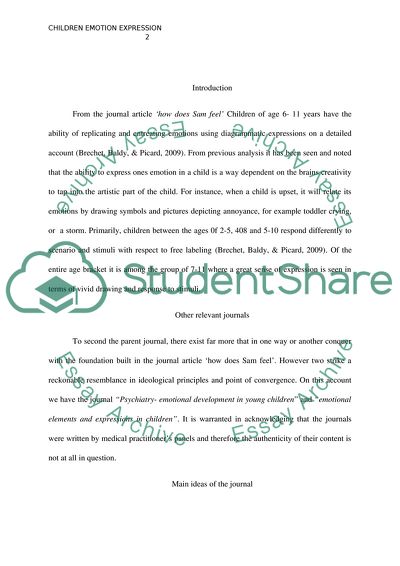Cite this document
(Key Aspects of Children Emotions Expressions Article Example | Topics and Well Written Essays - 1500 words, n.d.)
Key Aspects of Children Emotions Expressions Article Example | Topics and Well Written Essays - 1500 words. https://studentshare.org/psychology/1817487-write-a-critical-review
Key Aspects of Children Emotions Expressions Article Example | Topics and Well Written Essays - 1500 words. https://studentshare.org/psychology/1817487-write-a-critical-review
(Key Aspects of Children Emotions Expressions Article Example | Topics and Well Written Essays - 1500 Words)
Key Aspects of Children Emotions Expressions Article Example | Topics and Well Written Essays - 1500 Words. https://studentshare.org/psychology/1817487-write-a-critical-review.
Key Aspects of Children Emotions Expressions Article Example | Topics and Well Written Essays - 1500 Words. https://studentshare.org/psychology/1817487-write-a-critical-review.
“Key Aspects of Children Emotions Expressions Article Example | Topics and Well Written Essays - 1500 Words”. https://studentshare.org/psychology/1817487-write-a-critical-review.


